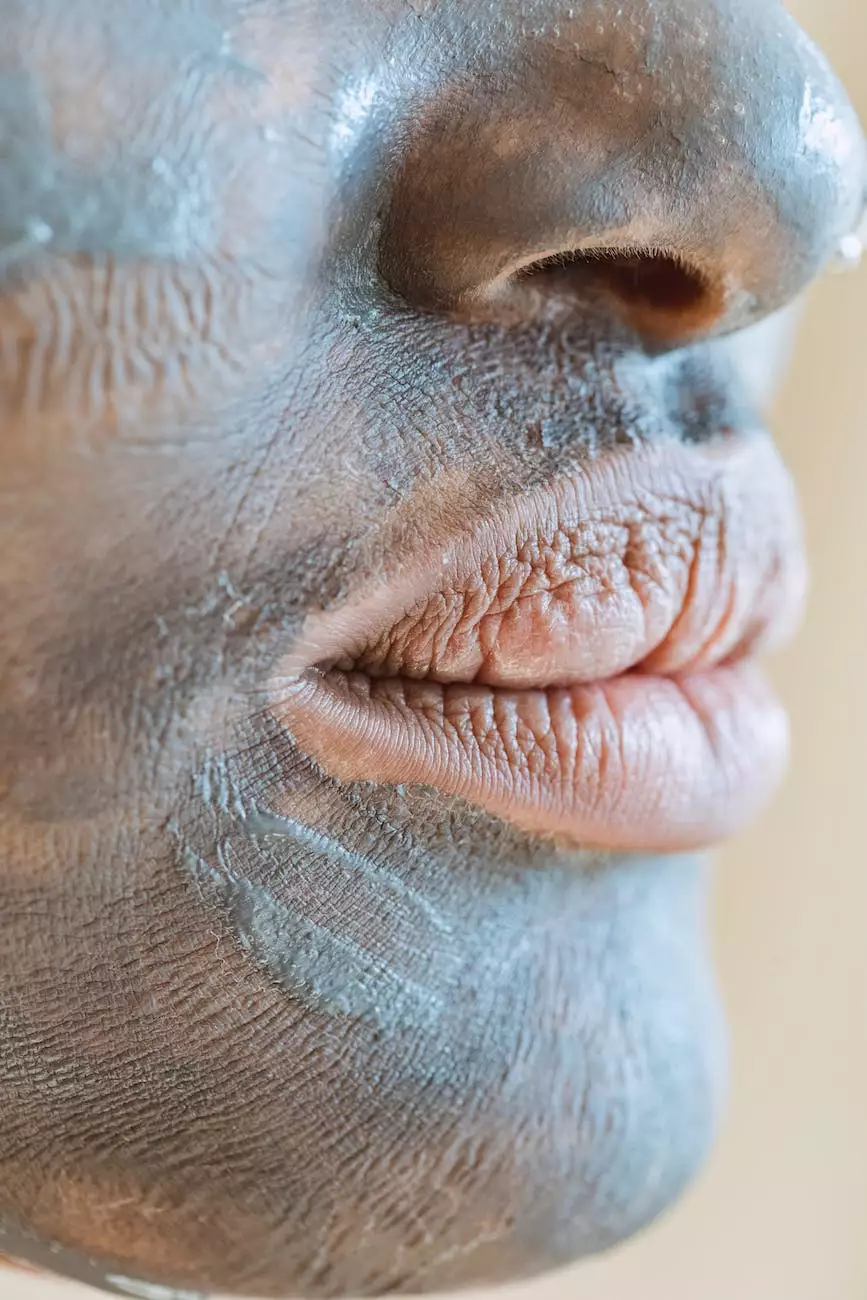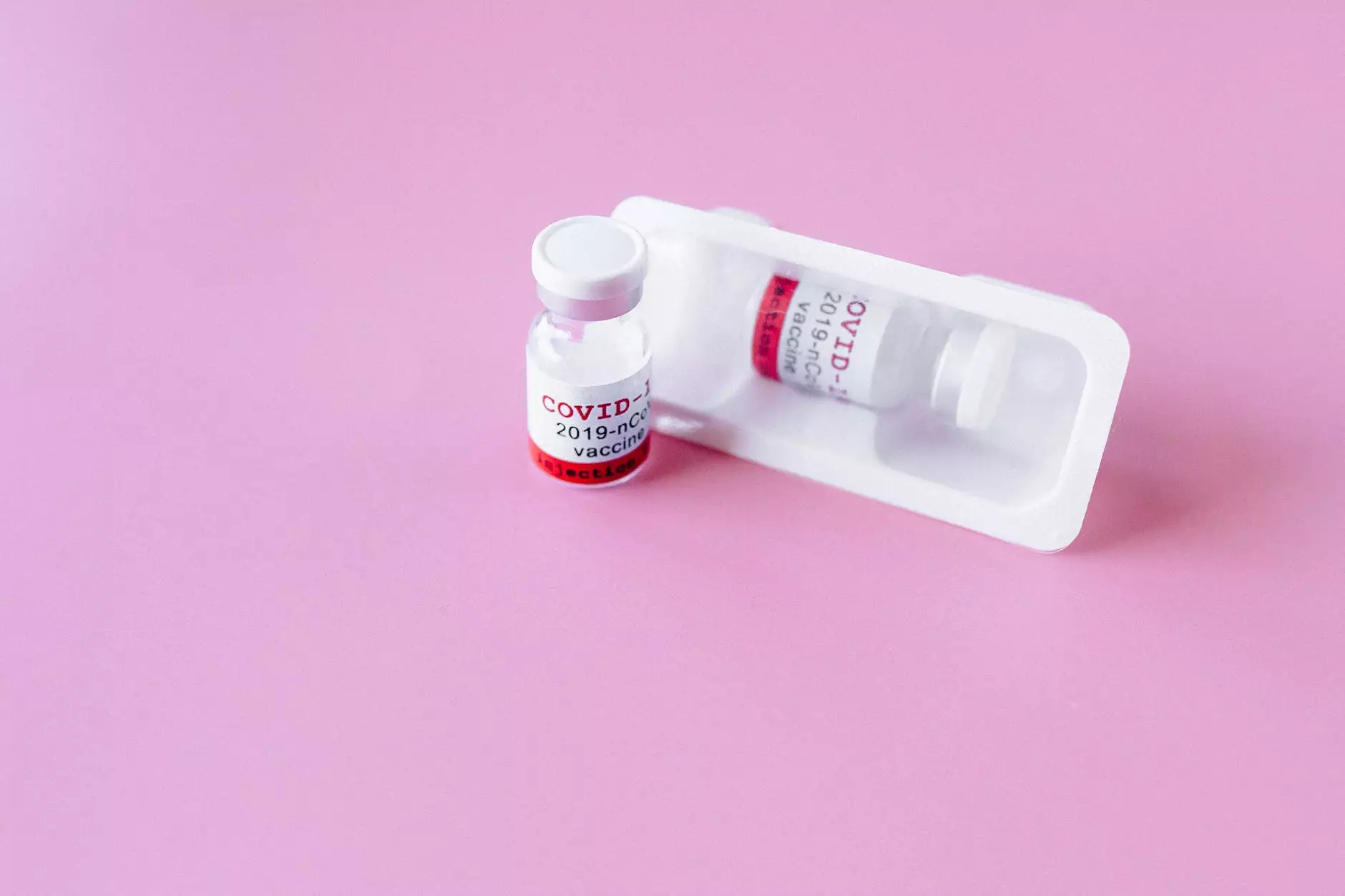Is Petroleum Jelly Safe for a Dry Nose?
Services
Introduction
In the quest for relief from a dry nose, many individuals turn to petroleum jelly as a potential solution. However, it's crucial to consider the safety aspects of using petroleum jelly on such a sensitive area. In this article, we'll explore the topic in-depth and provide insights from Benjamin Shettell, MD, a renowned specialist at Fusion Healthcare Redding.
The Role of Petroleum Jelly
Petroleum jelly, commonly known by its brand name Vaseline, is a semi-solid mixture derived from petroleum. It has been widely used for its protective and moisturizing properties across various skincare applications. Due to its occlusive nature, petroleum jelly forms a barrier on the skin's surface, locking in moisture and preventing excessive dryness.
Concerns about a Dry Nose
A dry nose can result from a range of factors such as environmental conditions, allergies, or certain medications. It often presents as discomfort, flakiness, itching, or even nosebleeds. Finding effective relief is vital, but it's essential to address concerns about using petroleum jelly in this specific scenario.
Expert Insights from Benjamin Shettell, MD
When it comes to assessing the safety and efficacy of using petroleum jelly for a dry nose, we sought the expertise of Benjamin Shettell, MD, a highly regarded professional in the healthcare industry. Dr. Shettell explains, "Petroleum jelly can be a beneficial option for moisturizing a dry nose. However, it's essential to use it correctly and judiciously."
The Benefits of Petroleum Jelly
Dr. Shettell emphasizes that petroleum jelly's occlusive properties can help soothe and hydrate the nasal passages. When applied correctly, it forms a protective layer that reduces water loss, thus alleviating dryness. Additionally, it can provide a temporary barrier against potentially irritating environmental factors.
Proper Application Techniques
In terms of applying petroleum jelly to alleviate a dry nose, Dr. Shettell recommends the following:
- Gently clean the nostrils with a saline solution or a mild, non-irritating cleanser.
- Using a clean fingertip or a cotton swab, apply a thin layer of petroleum jelly inside each nostril.
- Avoid inserting the fingertip or swab too far into the nose to prevent discomfort or damage to the delicate nasal tissues.
- Reapply as needed, typically several times a day, but avoid excessive use.
Potential Risks and Precautions
While petroleum jelly can be safe for a dry nose, it's vital to consider certain precautions. Dr. Shettell advises against using petroleum jelly if you have specific nasal conditions, such as chronic rhinitis or sinusitis. In such cases, it is crucial to consult with a healthcare professional for personalized guidance.
Additionally, it's important to keep in mind that petroleum jelly is for external use only. Avoid ingesting or inhaling the product, as it can lead to potential adverse effects. If you experience any unusual reactions, such as excessive redness, swelling, or irritation, discontinue using petroleum jelly and seek medical advice.
Conclusion
Petroleum jelly can be a valuable option for moisturizing a dry nose, but it must be used properly and with caution. The insights provided by Benjamin Shettell, MD, highlight the benefits of using petroleum jelly, along with essential application techniques and potential risks. By following expert recommendations, individuals can make informed decisions regarding the safety of using petroleum jelly for a dry nose.
For further assistance or personalized medical advice, we encourage you to reach out to Benjamin Shettell, MD, and the dedicated team at Fusion Healthcare Redding.









